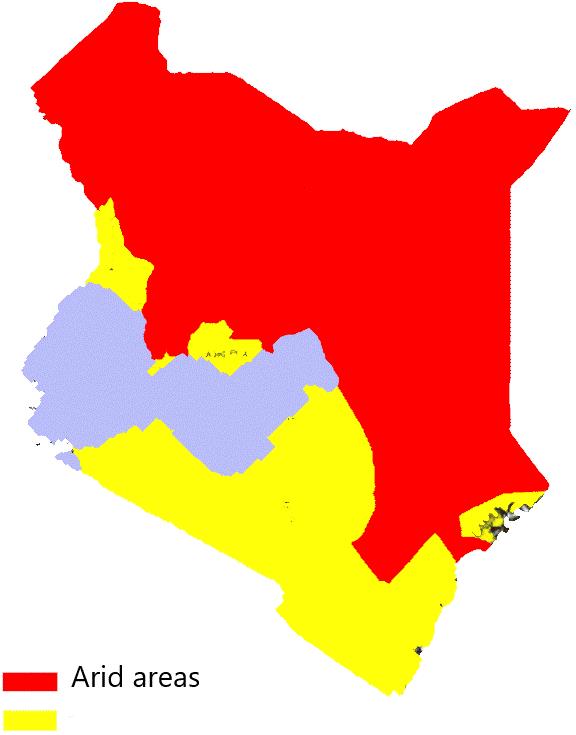
For a long time in history, Engineering was considered to be a man’s field where a woman would occasionally show up. The image of an engineer was that of a muscular person wearing a helmet and covered with grease or some form of dirt, depending on the field where they were working. That seemed repulsive to the image of what the world wanted an ideal woman to look like. It was supposed to be a man’s world, and it was.
Today, the image of an engineer is quite different. Engineering cuts across many areas of life and it is not just about steam engines and coal power plants. The image of an engineer has changed. However, something still remains the same in most of the developing world.
A Man’s World
As the world celebrates the International Women in Engineering Day on 23rd June, one thing that is evident is that Engineering still remains to be largely a man’s world, and this has a cost. This is because in meeting scietal and consumer needs, we cannot depend on the views of one gender and expect to come up with solutions that will perfectly solve the problems we are facing. That never works.
It might be the reason why we are so concerned about connecting all schools to the electrical grid before we can think of connecting all of them to water systems. I appreciate the place of electricity (and I am an electrical engineer), but it is a warped thinking to assume that the health and hygiene needs of children are not as critical to the learning of students.
In my engineering class (ten years ago), women constituted less than 10%. I do not think that has changed much, although great strides are being made. However, I would want to add to the case for having more women in engineering, for those who think that it does not matter.
We need Diverse Teams
Diversity is key when it comes to innovation, and this applies also to gender diversity. From design, to manufacturing, to the business side, diverse teams always win.
To effectively build solutions that solve the challenges in the world today, we need both men and women in order to understand those problems, as well as figure out solutions that can work. We also need diversity in terms of backgrounds and if we are solving problems that involve water scarcity in Turkana, we need to have people in Turkana involved. That is how it works.
We cannot build a world where half of the people are not involved. It will not work.
In my team at Truehost Cloud, which is a technology company, we have a team that has at any point been always 50% women on average, and this has been one key to success. We have a team that deeply understands customer needs because it is diverse. This has been one pillar of our success.
Women are Competent
The skills needed in engineering are not reserved for one gender. We have many women who have excelled in engineering, and the few ladies who were in my class not only continue to excel where they are today, but in many cases, outshine their male colleagues.
Throughout history, we have many examples of women who made remarkable contributions to the world through engineering. Unfortunately, a girl living in rural Kitui may not know much about them to spur enough motivation to be an engineer. This is why we need these stories to be told so that we can spur the next generation of women in engineering, because they are competent.
It is not about adding pretty faces to the engineering world. It is about making the world sustainable and finding solutions that best fit the world today.
Happy Women in Engineering Day.




